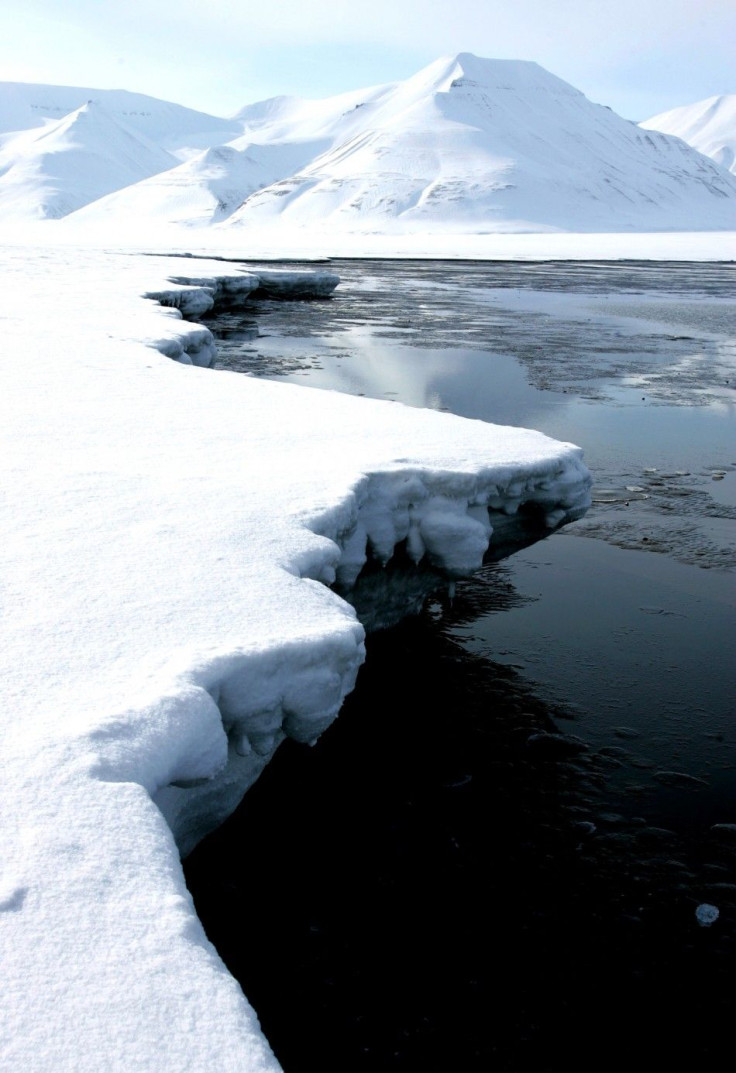Global Warming on Temporary Hold Thanks to Deep Oceans

Global warming is temporarily on hold as the deep ocean currents and circulations absorb the sun's heat before releasing it finally, scientists said on Sunday.
The study conducted by scientists at the National Center for Atmospheric Research (NCAR) and the Bureau of Meteorology in Australia was published in the Sept. 18 issue of the journal Nature Climate Change.
The last decade saw an incessant growth in greenhouse gas emissions which ideally should have increased Earth's temperature. However, Earth's temperature didn't increase vastly. Where was the missing heat going?
To find out the mystery, Gerald Meehl, lead author of the study that revealed the connection between global warming and temperature hiatus caused by ocean's heat absorption, and scientists at the NCAR in Colorado ran five simulations on a computer model that studied the complex interactions between the atmosphere, land, oceans and sea ice.
The study revealed that temperature has already increased by several degrees in this century and will increase more in the coming days but the hiatus period will interrupt the increase. During this period, the missing temperature will lurk inside the deep ocean.
We will see global warming go through hiatus periods in the future, however, these periods would likely last only about a decade or so, and warming would then resume. This study illustrates one reason why global temperatures do not simply rise in a straight line, said Meehl.
Kevin Trenberth, a study author and NCAR scientist, said: ... this study suggests the missing energy has indeed been buried in the ocean, the heat has not disappeared and so it cannot be ignored. It must have consequences.
They found the vast area deeper than 1,000 feet (305 meters) warmed by about 18 to 19 percent more during the hiatus periods than at other times. Meanwhile, shallower global oceans above 1,000 feet warmed by 60 percent less than during non-hiatus periods in the simulation.
The study also revealed the regional signature of oceanic warming during hiatus periods. During a hiatus, average sea-surface temperatures decrease across the tropical Pacific, while they tend to increase at higher latitudes.
Meehl says these patterns are similar to those observed during a La Niña event.
Global temperatures tend to drop slightly during La Niña, as cooler waters reach the surface of the tropical Pacific, and they rise slightly during El Niño, when those waters are warmer, he added.
© Copyright IBTimes 2024. All rights reserved.





















